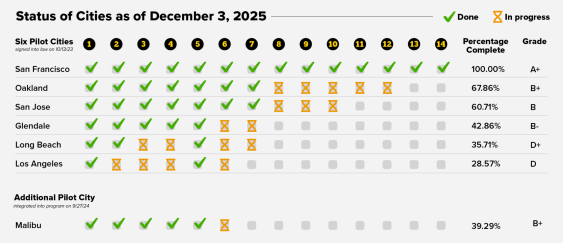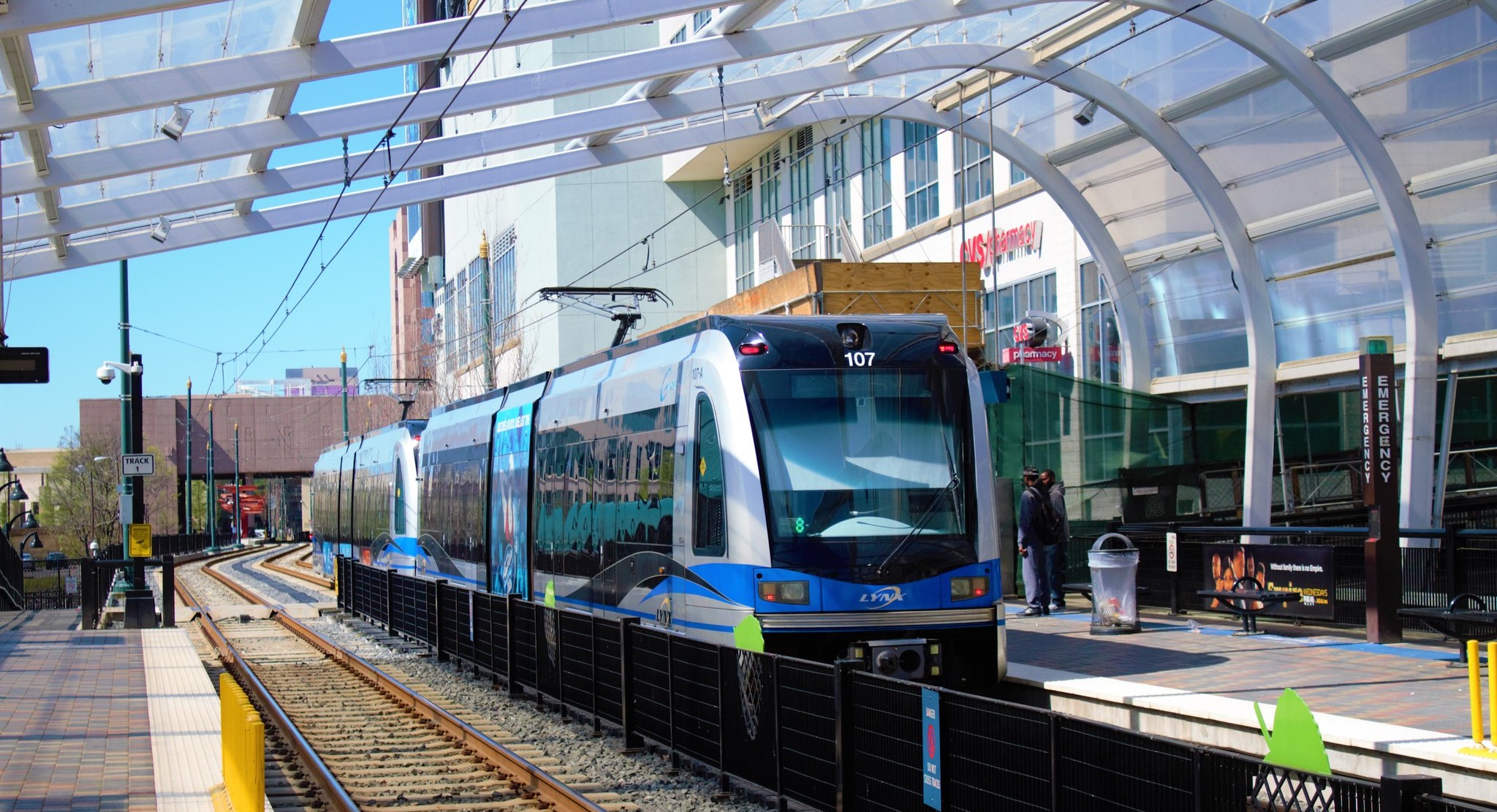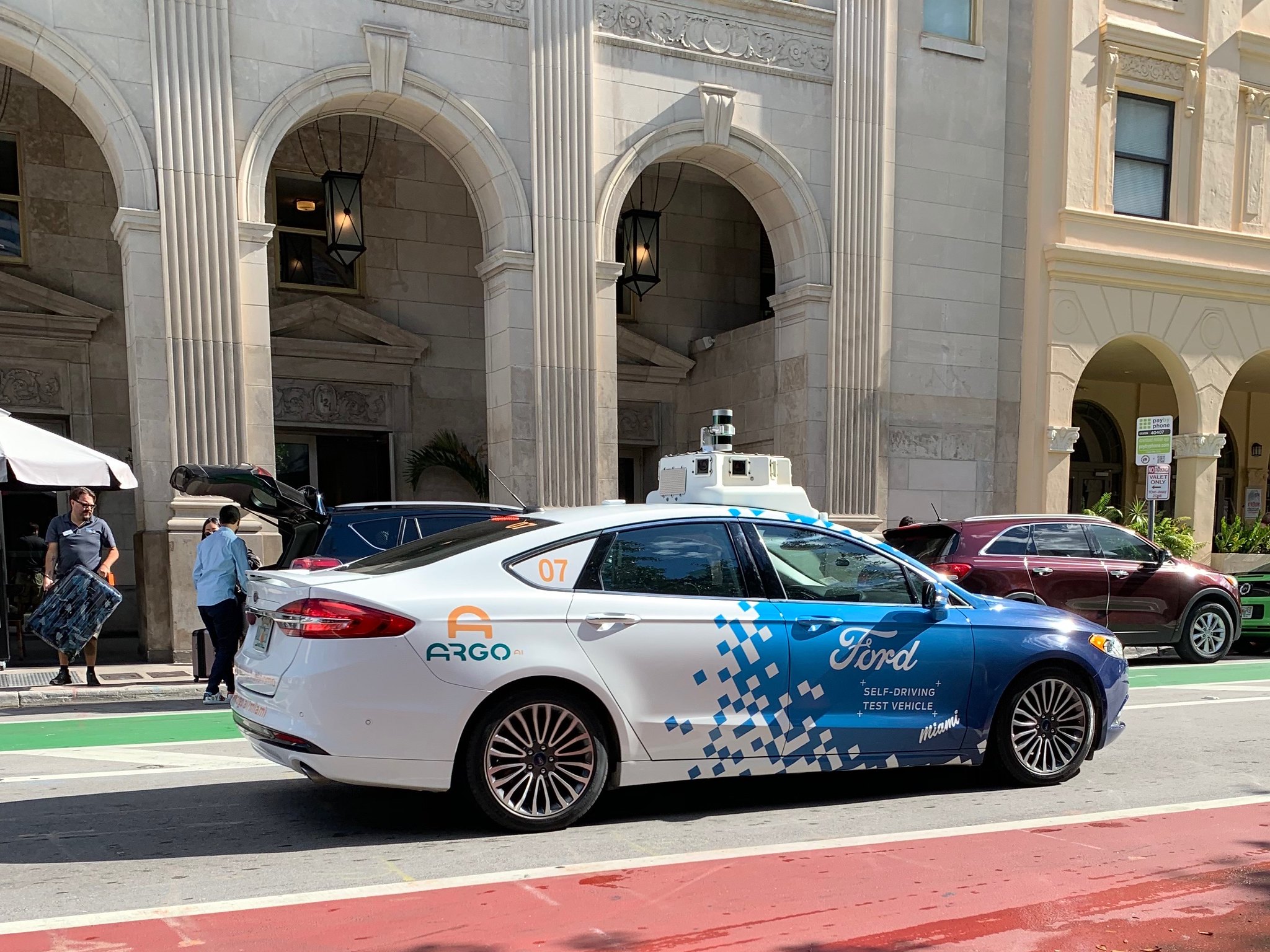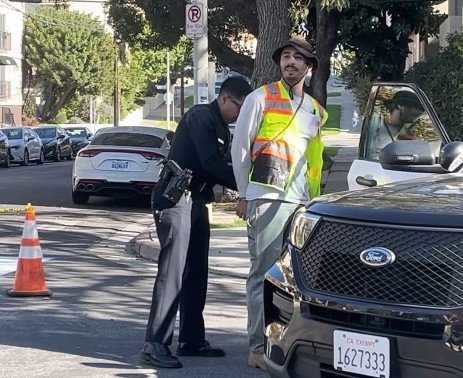
On Saturday, the COP21 summit in Paris culminated with a precedent-setting climate change agreement. Nearly 200 nations are on board, but their commitments don't go far enough to head off catastrophic global warming.
It wasn't just heads of state meeting last week in Paris. If a two-degree celsius rise in global temperatures and the devastating fallout are going to be avoided, cities have a huge role to play. Holger Dalkmann at The City Fix explains how the mayors of major world cities see their role:
During the Climate Summit for Local Leaders, co-hosted by Michael Bloomberg and the City of Paris, Bloomberg noted that, “Cities are getting the job done,” with actions taken at city level adding up to majorly shape global emissions. In recognition of this, the time has come to empower local leadership for global climate action.
The summit not only attracted mayors from around the world, but also celebrities -- such as Al Gore, Leonardo DiCaprio, Sean Penn and Robert Redford -- and a number of stakeholders that work to build more sustainable cities. The attendees witnessed Bloomberg announce that more than 400 mayors have already begun investing in low carbon pathways for their regions, as evident from the Compact of Mayors -- the world’s largest coalition of local leaders. As of December 10, 2015, 428 cities, representing more than 376 million people worldwide and 5.19 percent of the total global population, have committed to the Compact of Mayors. Together, the cities in the Compact hold the potential to reduce half the world’s urban greenhouse gas (GHG) emissions by 2020.
Moreover, local climate action is particularly effective for rapidly urbanizing, developing countries. As stated by the Mayor of Johannesburg, Park Tau, “Developing country cities have a major opportunity to lead the low-carbon future.” Johannesburg, South Africa is a fully compliant Compact city. This means that the city has completed the four stages of compliance: Commitment, Inventory, Target and Plan. The city has also pledged to bring down its emissions by 65 percent by 2040. Johannesburg has went a step further, cutting down emissions from buildings, transport and waste sector by 64 percent, 29 percent and 7 percent, respectively as of 2015. Along with economic benefits, these savings are helping Johannesburg’s community of 4 million combat local climatic risks such as flooding, extreme heat and drought. Also, the city’s investment in a BRT system and green bonds are worth ZAR1.5 billion (approximately $143 million), laying the groundwork for economic development and a sustainable, resilient future. New research from New Climate Economy shows such investment can bring national and local governments’ massive savings for up to a total of USD 17 trillion by 2050.
At the Climate Summit for Local Leaders, Michael Bloomberg unveiled the collective potential for emissions reduction of all Compact cities to date through a report authored by World Resources Institute. Analysis shows that existing commitments made by cities (360, as of November 23, 2015) to the Compact of Mayors can cut the global urban GHG emissions by 50 percent by 2030. More specifically, the annual GHG emissions reduction potential was found to be 3.7 GtCO2e. This reduction can fill nearly 25 percent in the emissions gap for preventing global warming by another 2 degrees.
Elsewhere on the Network today: Bike Portland says the city is in danger of losing a key funding stream that propelled it to the top ranks of bikeable American cities. Cycling Solution writes that the city of Budapest, Hungary, is dealing with a Rob Ford type of mayor who's threatening to reverse the city's progress on cycling. And The Urbanist makes the case for putting a "lid" over I-5, a highway that did a lot of damage to Seattle.





